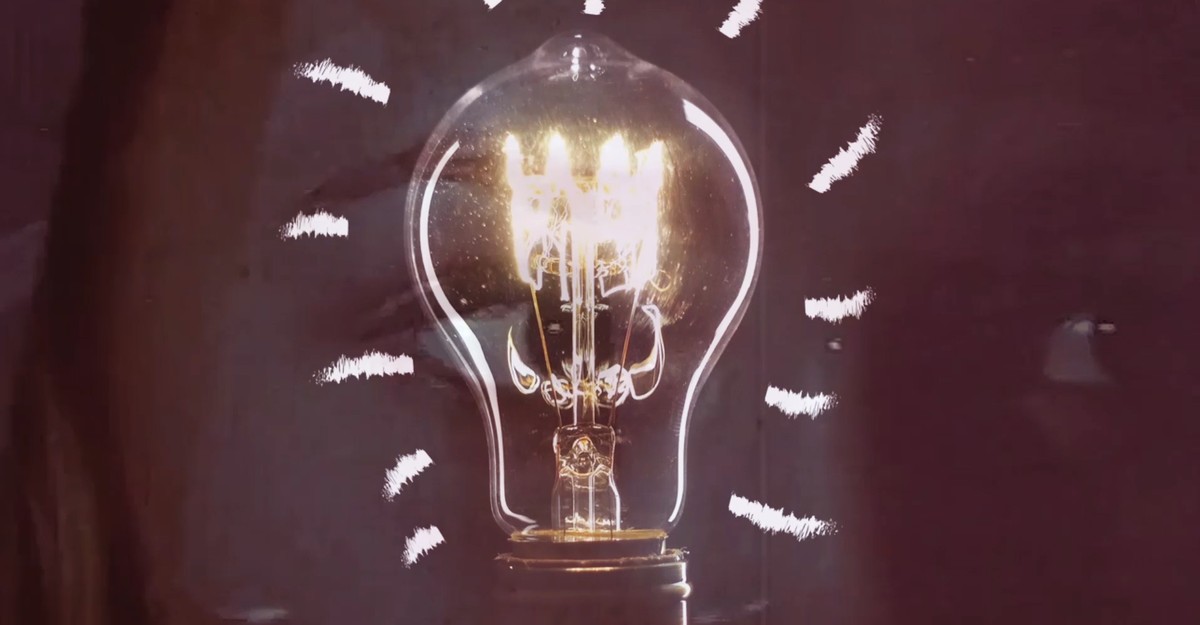If you’ve ever been to London, you know that navigating its wobbly grid, riddled with curves and dead-end streets, requires impressive spatial memory. Driving around London is so demanding, in fact, that in 2006 researchers found that it was linked with changes in the brains of the city’s cab drivers: Compared with Londoners who drove fixed routes, cabbies had a larger volume of gray matter in the hippocampus, a brain region crucial to forming spatial memory. The longer the cab driver’s tenure, the greater the effect.
The study is a particularly evocative demonstration of neuroplasticity: the human brain’s innate ability to change in response to environmental input (in this case, the spatially demanding task of driving a cab all over London). That hard-won neuroplasticity required years of mental and physical practice. Wouldn’t it be nice to get the same effects without so much work?
To hear some people tell it, you can: Psychedelic drugs such as psilocybin, LSD, ayahuasca, and Ecstasy, along with anesthetics such as ketamine, can enhance a user’s neuroplasticity within hours of administration. In fact, some users take psychedelics for the express purpose of making their brain a little more malleable. Just drop some acid, the thinking goes, and your brain will rewire itself—you’ll be smarter, fitter, more creative, and self-aware. You might even get a transcendent experience. Popular media abound with anecdotes suggesting that microdosing LSD or psilocybin can expand divergent thinking, a more free and associative type of thinking that some psychologists link with creativity.
Research suggests that psychedelic-induced neuroplasticity can indeed enhance specific types of learning, particularly in terms of overcoming fear and anxiety associated with past trauma. But claims about the transformative, brain-enhancing effects of psychedelics are, for the most part, overstated. We don’t really know yet how much microdosing, or a full-blown trip, will change the average person’s mental circuitry. And there’s reason to suspect that, for some people, such changes may be actively harmful.
There is nothing new about the notion that the human and animal brain are pliant in response to everyday experience and injury. The philosopher and psychologist William James is said to have first used the term plasticity back in 1890 to describe changes in neural pathways that are linked to the formation of habits. Now we understand that these changes take place not only between neurons but also within them: Individual cells are capable of sprouting new connections and reorganizing in response to all kinds of experiences. Essentially, this is a neural response to learning, which psychedelics can rev up.
We also understand how potent psychedelic drugs can be in inducing changes to the brain. Injecting psilocybin into a mouse can stimulate neurons in the frontal cortex to grow by about 10 percent and sprout new spines, projections that foster connections to other neurons. It also alleviated their stress-related behaviors—effects that persisted for more than a month, indicating enduring structural change linked with learning. Presumably, a similar effect takes place in humans. (Comparable studies on humans would be impossible to conduct, because investigating changes in a single neuron would require, well, sacrificing the subject.)
The thing is, all those changes aren’t necessarily all good. Neuroplasticity just means that your brain—and your mind—is put into a state where it is more easily influenced. The effect is a bit like putting a glass vase back into the kiln, which makes it pliable and easy to reshape. Of course you can make the vase more functional and beautiful, but you might also turn it into a mess. Above all else, psychedelics make us exquisitely impressionable, thanks to their speed of action and magnitude of effect, though their ultimate effect is still heavily dependent on context and influence.
We have all experienced heightened neuroplasticity during the so-called sensitive periods of brain development, which typically unfold between the ages of 1 and 4 when the brain is uniquely responsive to environmental input. This helps explain why kids effortlessly learn all kinds of things, like how to ski or speak a new language. But even in childhood, you don’t acquire your knowledge and skills by magic; you have to do something in a stimulating enough environment to leverage this neuroplastic state. If you have the misfortune of being neglected or abused during your brain’s sensitive periods, the effects are likely to be adverse and enduring—probably more so than if the same events happened later in life.
Being in a neuroplastic state enhances our ability to learn, but it might also burn in negative or traumatic experiences—or memories—if you happen to have them while taking a psychedelic. Last year, a patient of mine, a woman in her early 50s, decided to try psilocybin with a friend. The experience was quite pleasurable until she started to recall memories of her emotionally abusive father, who had an alcohol addiction. In the weeks following her psilocybin exposure, she had vivid and painful recollections of her childhood, which precipitated an acute depression.
Her experience might have been very different—perhaps even positive—if she’d had a guide or therapist with her while she was tripping to help her reappraise these memories and make them less toxic. But without a mediating positive influence, she was left to the mercy of her imagination. This must have been just the sort of situation legislators in Oregon had in mind last month when they legalized recreational psilocybin use, but only in conjunction with a licensed guide. It’s the right idea.
In truth, researchers and clinicians haven’t a clue whether people who microdose frequently with psychedelics—and are thus walking around in a state of enhanced neuroplasticity—are more vulnerable to the encoding of traumatic events. In order to find out, you would have to compare a group of people who microdose against a group of people who don’t over a period of time and see, for example, if they differ in rates of PTSD. Crucially, you’d have to randomly assign people to either microdose or abstain—not simply let them pick whether they want to try tripping. In the absence of such a study, we are all currently involved in a large, uncontrolled social experiment. The results will inevitably be messy and inconclusive.
Even if opening your brain to change were all to the good, the promise of neuroplasticity without limit—that you can rejuvenate and remodel the brain at any age—far exceeds scientific evidence. Despite claims to the contrary, each of us has an upper limit to how malleable we can make our brain. The sensitive periods, when we hit our maximum plasticity, is a finite window of opportunity that slams shut as the brain matures. We progressively lose neuroplasticity as we age. Of course we can continue to learn—it just takes more effort than when we were young. Part of this change is structural: At 75, your hippocampus contains neurons that are a lot less connected to one another than they were at 25. That’s one of the major reasons older people find that their memory is not as sharp as it used to be. You may enhance those connections slightly with a dose of psilocybin, but you simply can’t make your brain behave as if it’s five decades younger.
This reality has never stopped a highly profitable industry from catering to people’s anxieties and hopes—especially seniors’. You don’t have to search long online before you find all kinds of supplements claiming to keep your brain young and sharp. Brain-training programs go even further, purporting to rewire your brain and boost your cognition (sound familiar?), when in reality the benefits are very modest, and limited to whatever cognitive task you’ve practiced. Memorizing a string of numbers will make you better at memorizing numbers; it won’t transfer to another skill and make you better at, say, chess.
We lose neuroplasticity as we age for good reason. To retain our experience, we don’t want our brain to rewire itself too much. Yes, we lose cognitive fluidity along the way, but we gain knowledge too. That’s not a bad trade-off. After all, it’s probably more valuable to an adult to be able to use all of their accumulated knowledge than to be able to solve a novel mathematical problem or learn a new skill. More important, our very identity is encoded in our neural architecture—something we wouldn’t want to tinker with lightly.
At their best, psychedelics and other neuroplasticity-enhancing drugs can do some wonderful things, such as speed up the treatment of depression, quell anxiety in terminally ill patients, and alleviate the worst symptoms of PTSD. That’s enough reason to research their uses and let patients know psychedelics are an option for psychiatric treatment when the evidence supports it. But limitless drug-induced self-enhancement is simply an illusion.






